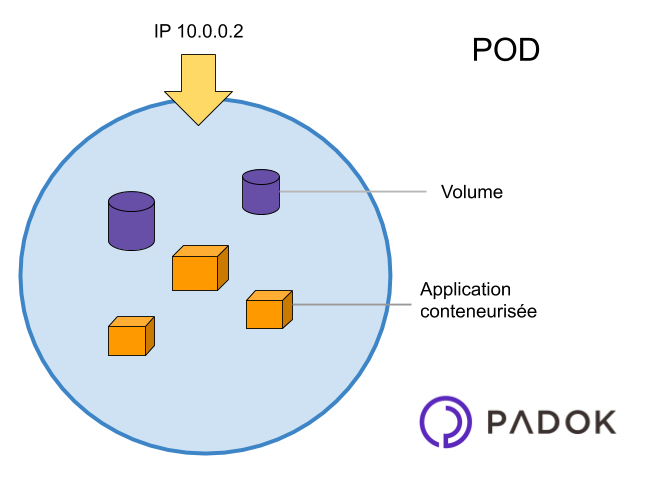

Whether they are built-in or custom, node labels can be used in node selectors and node affinity/anti-affinity rules to influence scheduling decisions. Nodes include built-in labels that describe the operating system, instance type (if on a cloud provider), and other details. To learn more about node conditions and how they can lead to scheduling failures, see the documentation. Message: Kubelet stopped posting node status.

If a Pending pod is unable to get scheduled because of an unschedulable node, you will see something similar to this in the kubectl output: Though unschedulable nodes are not the most common reason for scheduling failures, it may be worth verifying if this is the case-and it’s also the first predicate the scheduler checks right off the bat. A cordoned node can continue to host the pods it is already running, but it cannot accept any new pods, even if it would normally satisfy all other scheduling predicates.

If you cordon a node (e.g., to prepare the node for an upgrade), Kubernetes will mark it unschedulable.
Nodes’ taints conflict with pods’ tolerations. Node labels conflict with pods’ node selectors or affinity rules. In this section, we’ll walk through some reasons why nodes can fail to meet these requirements and are thereby deemed ineligible to host Pending pods: Several predicates are designed to check that nodes meet certain requirements before allowing Pending pods to get scheduled on them. Some examples use jq to parse kubectl output if you are interested in following along, make sure you’ve installed it before proceeding. Next, we will examine how some of these predicates can lead to scheduling failures. If the scheduler cannot find any eligible nodes after checking these predicates, the pod will remain Pending until a suitable node becomes available. For efficiency, the scheduler evaluates predicates in a specific order, saving more complex decisions for the end. Kubernetes control plane, uses predicates to determine which nodes are eligible to host a Pending pod. While FailedScheduling events provide a general sense of what went wrong, having a deeper understanding of how Kubernetes makes scheduling decisions can be helpful in determining why Pending pods are not able to get scheduled. You can use this field to filter pods by phase, as shown in the following kubectl command: Kubernetes API server could not communicate with the pod’s node.Ī pod advertises its phase in the status.phase field of a PodStatus object. Failed: One or more of the pod’s containers terminated with an error. Succeeded: All of the pod’s containers exited without errors. Running: The pod has been assigned to a node and has one or more running containers. Pending: The pod is waiting to get scheduled on a node, or for at least one of its containers to initialize. Pods can be in any of the following phases: A primer on Kubernetes pod statusīefore proceeding, let’s take a brief look at how pod status updates work in Kubernetes. Pods’ requested resources exceeding allocatable capacityĪt the end of this post, we will discuss a few ways to proactively keep tabs on Kubernetes scheduling issues. Node-based scheduling constraints, including readiness and taints. In this post, we will explore various ways to debug Pending pods that fail to get scheduled because of:







 0 kommentar(er)
0 kommentar(er)
